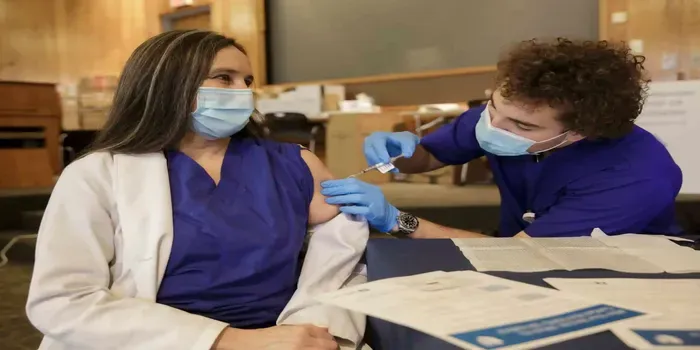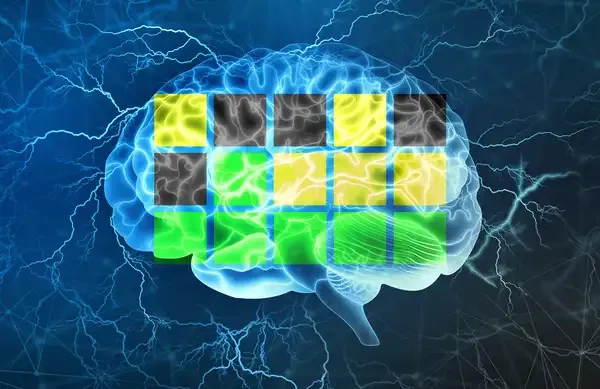Why do we get shots in the arm? It's all about the muscle
In "Why do we get shots in the arm? It's all about the muscle," the focus is on the anatomical reasons behind administering vaccines in the upper arm, particularly the deltoid muscle, which is effective for absorption and minimizes discomfort. Meanwhile, "The Big Apple" explores the origins of this iconic nickname for New York City, alongside the histories of eight other famous cities and their unique monikers, revealing the cultural and historical significance behind each name.

When it comes to vaccinations and injections, most people are familiar with the common practice of receiving shots in the arm. But have you ever wondered why this particular site is chosen? The answer lies in the muscle, specifically the deltoid muscle, which plays a crucial role in the effectiveness of vaccinations and other injectables. In this article, we’ll explore the reasons behind this common medical practice, including the anatomy of the arm, the benefits of intramuscular injections, and a detailed overview of why the arm is the preferred location for shots.
The Anatomy of the Arm
The arm consists of several muscles, but the deltoid muscle is the most prominent when it comes to receiving shots. This triangular-shaped muscle covers the shoulder and is responsible for the movement of the arm. The deltoid is divided into three distinct parts: the anterior, lateral, and posterior fibers, which allow for a wide range of motion. This muscle is thick and well-vascularized, making it an ideal site for injections.
Benefits of Intramuscular Injections
Intramuscular injections, such as those administered in the arm, offer several advantages over other methods of delivery. Here are some key benefits:
| Benefit | Description |
|---|---|
| Faster Absorption | The deltoid muscle has a rich blood supply, allowing for quicker absorption of the vaccine or medication into the bloodstream. |
| Reduced Risk of Nerve Damage | When administered properly, shots in the arm have a lower risk of injuring nearby nerves compared to other injection sites. |
| Less Discomfort | Injections in the deltoid muscle tend to be less painful than those in other sites, such as the thigh or buttock. |
| Convenience | The arm is easily accessible, making it a convenient location for both patients and healthcare providers. |
How Vaccines Work in the Muscle
Vaccines are designed to stimulate the immune system, and the deltoid muscle serves as an excellent site for this process. When a vaccine is injected into the muscle, it triggers an immune response, producing antibodies that help protect against specific diseases. The muscle tissue provides a depot for the vaccine, allowing it to be gradually released into the bloodstream over time, enhancing the immune response.
The Importance of Proper Injection Technique
While receiving a shot in the arm is generally safe, proper injection technique is crucial to ensure effectiveness and minimize discomfort. Healthcare providers are trained to follow specific guidelines when administering intramuscular injections. These guidelines include:
- Choosing the right needle size based on the patient’s age and body type.
- Administering the injection at a 90-degree angle to ensure it reaches the muscle.
- Applying gentle pressure on the site after the injection to reduce bleeding and promote absorption.
Common Vaccines Administered in the Arm
Many vaccines are administered via intramuscular injection in the arm. Some of the most common include:
- Influenza vaccine
- Tetanus, diphtheria, and pertussis (Tdap) vaccine
- COVID-19 vaccines
- Hepatitis B vaccine
Each of these vaccines is designed to provide immunity against specific diseases, and their intramuscular delivery method enhances their effectiveness.
Conclusion
In summary, the choice to administer shots in the arm is not arbitrary; it is based on the anatomy of the deltoid muscle and the benefits of intramuscular injections. From faster absorption to reduced discomfort, there are compelling reasons for this practice. Understanding why we receive shots in the arm can help demystify the process and alleviate any apprehension about vaccinations and injections. The deltoid muscle's role is pivotal in ensuring that vaccines work effectively, making it a vital site for public health initiatives. So, the next time you roll up your sleeve for a shot, remember that it's all about the muscle!












